The first cohort of students at the University of Exeter has completed their master’s degrees. The students in this group visited some of the project study sites in Uganda. As part of the project, they have generated useful data within these key biodiversity sites. In the course of the project pilot, it has been evident that there has been significant human interference in the wetlands. This has impacted not only the flora and fauna of the wetlands but also the livelihoods of the people who rely on them for their livelihood.
Based on the predicted presence of five highland papyrus endemic birds, the student research work identifies some of the sites in south-west Uganda that may be candidates for protection. The species include Carruthers’s Cisticola, Papyrus Canary, White-Winged Warbler, Greater Swamp Warbler and Papyrus Yellow Warbler
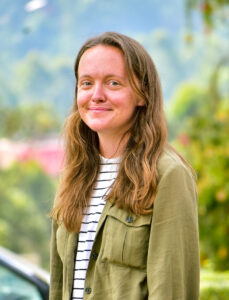
Polly Hughes’ research shows wetlands in south-west Uganda, which are among the most threatened ecosystems in East Africa, are critically underrepresented in the existing protected area portfolio. Polly surveyed wetlands for the presence of five endemic bird species, all of which are in decline due to the loss of extensive habitat. As a result of her survey, her data were combined with existing records from the region to develop models for analyzing habitat preferences. The models were used to predict the likelihood of occurrence at wetland patches throughout the study area.
Peter Oldcorn, who obtained his MSc in Conservation and Biodiversity, reports that highly connected, larger papyrus sites are more likely to host papyrus species. Among the swamps in the wetland network around Lake Bunyonyi, Rushebeya-kanyabaha wetlands, the Rufuuha wetland system, and Nyamuriro Swamps, he recommends that they be designated as KBAs. Consequently, he concludes that it is essential to increase overall habitat interconnectivity in what is a rapidly changing landscape. This is to inform decision making frameworks for prioritizing sites in the fragmented wetland habitat mosaic of East Africa. This is particularly in the papyrus and wetland areas that were studied.
Sam Ryde’s investigation efforts provide some interesting insight concerning the five papyrus-endemic bird species by conducting field surveys and collating records. To identify which areas would be most important to protect, he predicts probabilities across the entire study area by using the five endemic bird species as a surrogate for overall papyrus biodiversity. Based on the unique feeding and nesting behaviors of each species, the patch metrics and areas where occurrence was predicted differed. However, the connectivity of patches was noted to be a significant positive influence for all species, and so this was determined to be the most important priority in choosing an optimal network. For Uganda’s 30-by-30 targets, four key areas have been identified for protection. Having sufficient connections and heterogeneity of habitat made these areas important for all species.
 According to Billy Rolls, in agreement with other researchers, the size and connectivity of papyrus patches are important factors influencing the occurrence of the study species, along with metapopulation dynamics and habitat quality. In his view, we can halt the rapid decline of papyrus-endemic birds if we invest the limited conservation resources available in this west Uganda region in maintaining the size, quality, and connectivity of the key sites identified through the designation of protected areas.
According to Billy Rolls, in agreement with other researchers, the size and connectivity of papyrus patches are important factors influencing the occurrence of the study species, along with metapopulation dynamics and habitat quality. In his view, we can halt the rapid decline of papyrus-endemic birds if we invest the limited conservation resources available in this west Uganda region in maintaining the size, quality, and connectivity of the key sites identified through the designation of protected areas.
In conclusion, Euan Chad was blessed by obtaining employment and completing his MSc in Conservation Science and Policy. Euan was hired by BirdLife as a Red List Assessor following the completion of his degree. Based in Cambridge, he works as part of the Red List Team at the Global Secretariat. The significance of conservation is highlighted in his thesis in which he summarizes his participation in the SEBU project. Chad raises interesting points regarding the papyrus study. While safeguarding multiple papyrus habitats may pose challenges, it is essential to emphasize the need for the conservation of multiple sites throughout the landscape. To ensure the long-term survival of these species, this approach is essential for maintaining metapopulations. As a result, this knowledge will be most impactful if entrusted to the Ugandan government. This government is uniquely qualified to protect and manage these habitats and the avian species that inhabit them.
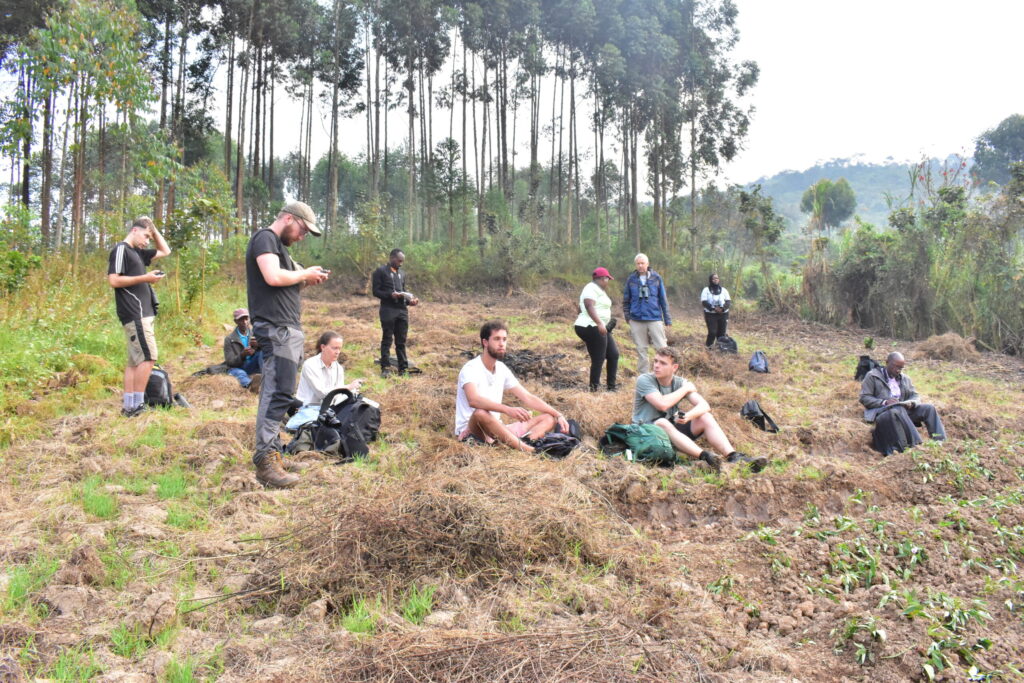


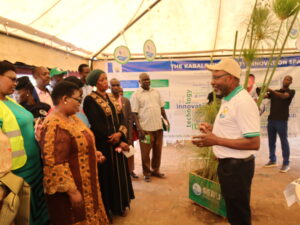
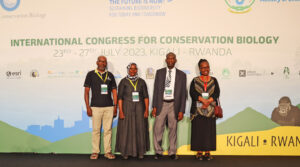
One Response
Excellent news